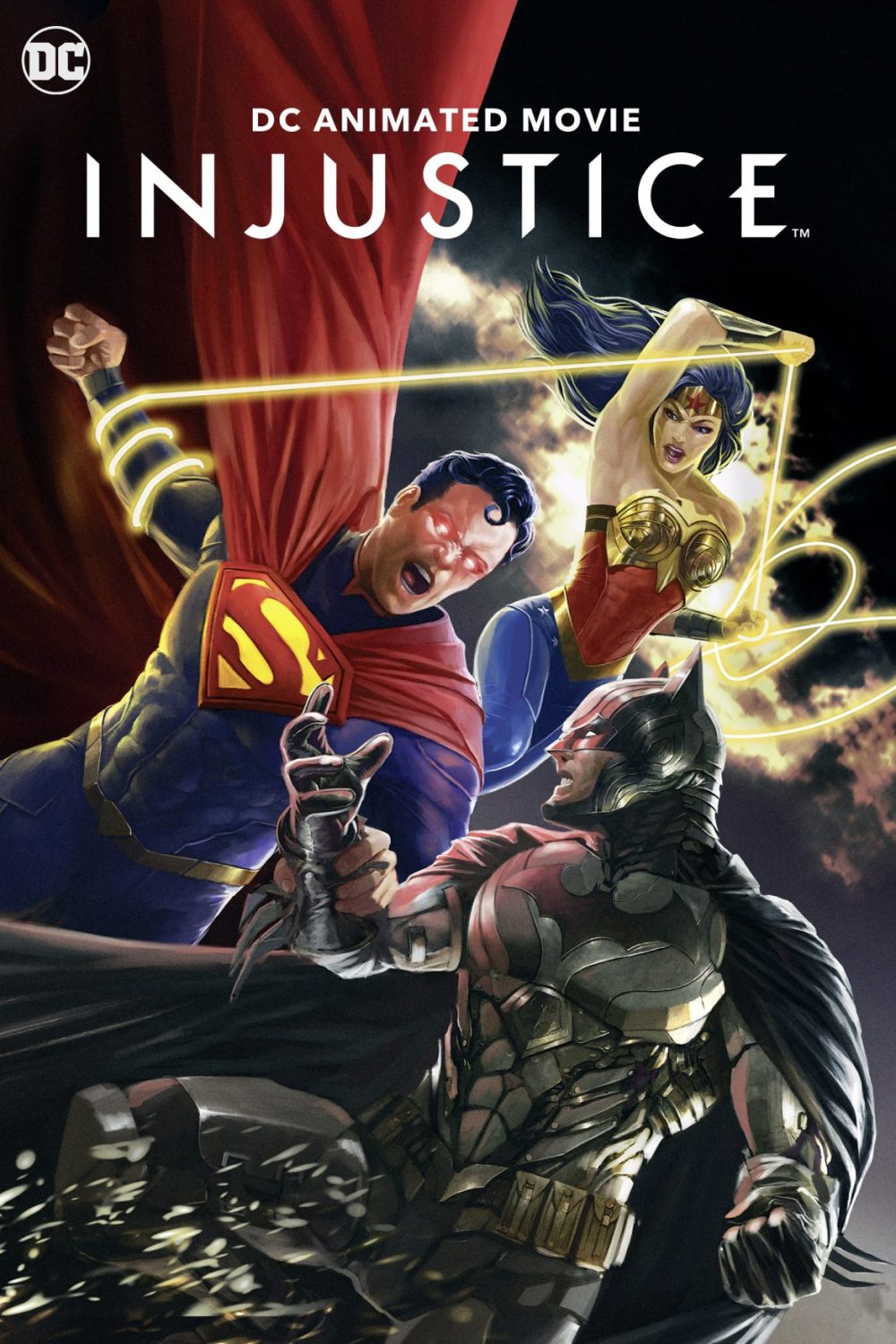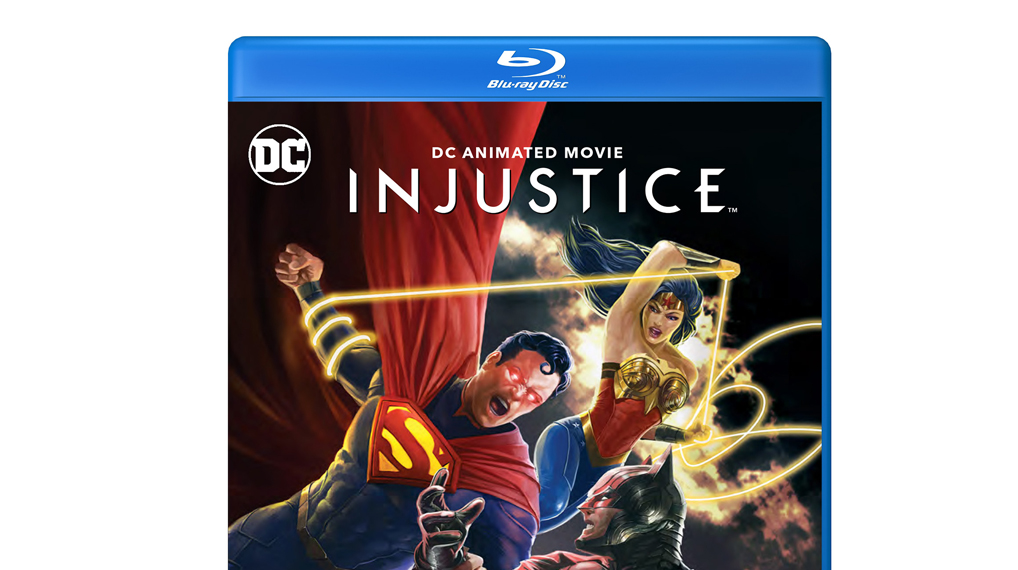TL;DR
Injustice, the animated film, dives headfirst into a dark, mature DC narrative where a corrupted Superman, manipulated by Joker, unleashes devastating chaos. This R-rated story explores the grim consequences of unchecked power, pushing boundaries even beyond popular gritty shows. While the voice acting is solid, especially for Joker, and the animation stunning, the film's pacing dips in the latter half. Despite minor flaws, its bold storytelling and visual impact make it a standout among DC animated features. Discover if this shocking take on beloved heroes lives up to the hype – read the full review for all the gritty details!
The original Injustice game debuted in 2013, followed by the sequel, Injustice 2, from Warner Bros. studio NetherRealm, four years later. These titles are fundamentally classic fighting games, enhanced by a compelling storyline. Consequently, the arrival of Injustice as an animated feature film immediately piqued my interest.
Superman (Justin Hartley) is manipulated by The Joker (Kevin Pollack), leading to devastating consequences. The once benevolent and just Superman misuses his extraordinary powers, and the remaining members of the Justice League must endeavor to halt his descent.
Despite some familiarity with the narrative arc, I was captivated throughout the initial half of Injustice. This is among the darkest and most mature DC films I have encountered. Its impact surpasses series like The Boys and Invincible, largely because it centers on established characters with whom audiences have a pre-existing connection. I began creating my own Superman comics at a young age, drawing his iconic “S” emblem before even understanding its significance.

Therefore, as Injustice unfolds and impacts our beloved heroes, no one is safe from the consequences. In a particularly gruesome and memorable sequence, The Joker exhibits his unadulterated nature, unconstrained by the need for character preservation across multiple films. He inflicts significant damage, resulting in a simultaneously compelling and unsettling experience.
The filmmakers have taken considerable liberties with the characters, achieving a level of narrative divergence that surpasses even Marvel’s What If on Disney+. Injustice features competent voice acting and striking animation. While the voice cast is generally effective, and Kevin Pollack delivers a truly exceptional performance as The Joker, the inclusion of Kevin Conroy and Mark Hamill as Batman and The Joker, respectively, would have elevated the film to perfection.
However, some compromises are inevitable. Toward the latter part of the film, Injustice experiences a slight deceleration in momentum. Despite the strength of the overall narrative, the film’s pacing falters somewhat. The visuals are exceptionally sharp, and the animation maintains a consistently epic aesthetic in HD. Colors are vibrant, with no discernible color bleeding. The DTS-HD 5.1 audio is suitably robust, providing impactful sound effects where necessary and maintaining clear dialogue in the center channel.
The supplemental materials include two complete episodes of animated series and insightful behind-the-scenes interviews.
In conclusion, Injustice ranks among the most compelling animated feature films from DC, primarily due to the filmmakers’ willingness (and authorization) to explore unconventional narrative paths. I offer a strong recommendation for this shocking and graphically violent superhero film.

